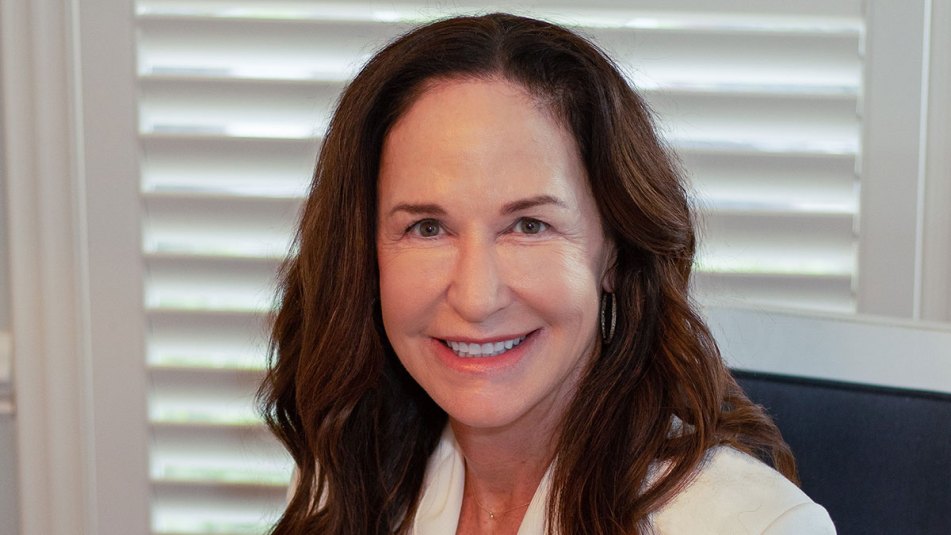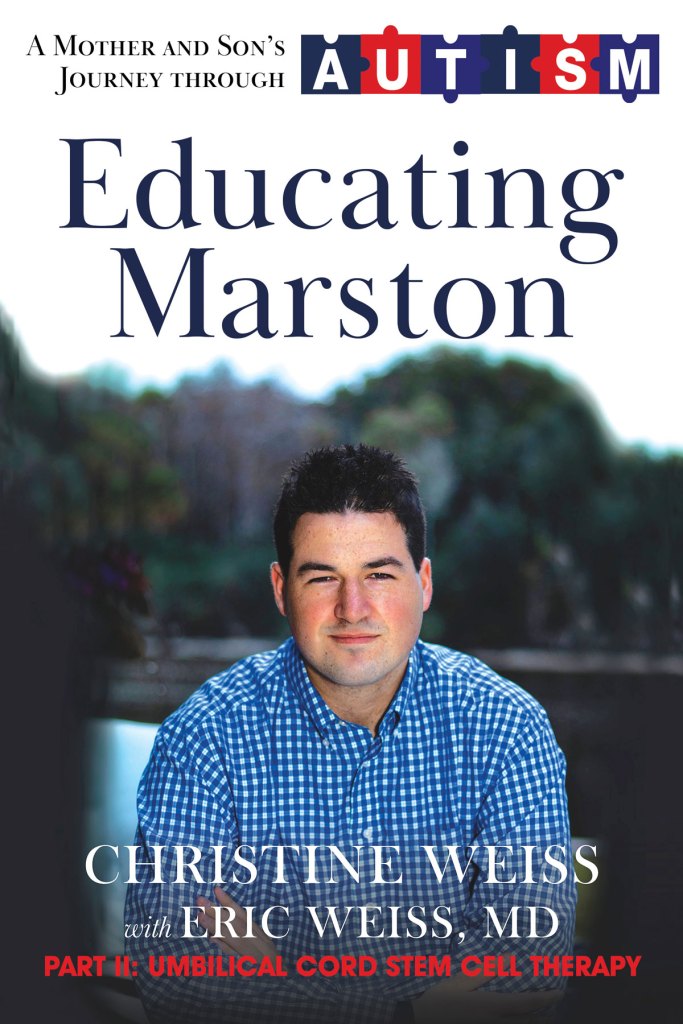Umbilical Cord Blood/Stem Cells Treatment: Medical Practitioner and One Mom Share Their Life-Changing Experience Battling with Autism
Article written in partnership with Nick Kasmik.

Raising children with physical needs can be very trying for parents. Some parents have been known to break down and throw in the towel, while others just resigned themselves to fate and lived with the condition as they see it. But for a few others, like Christine (Chris) Weiss and Dr. Eric Weiss, it only inspired them to dig deeper and find ways to manage the situation.
Chris and Dr. Weiss’ son Marston was diagnosed with autism when he was young. For these two inspirational parents, when they discovered their son had ASD, they couldn’t sit back and do nothing. And so began their concerted effort to find answers. While on a quest to find solutions to help their son, they discovered Umbilical Cord Blood/Stem Cell Therapy. They felt it was a viable way of treating children with Autism Spectrum Disorder (ASD). It could give him a better chance at living an improved life.

The first study that showed Umbilical Cord Blood/Stem Cell Treatment showed truly improved results in autism was in 2019. Dr. Weiss says, “Once Duke University demonstrated that umbilical cord blood had the ability to improve the lives of autistic children, we had to research it. We went to the University of Illinois, Chicago; where Chris found Thomas Lobe, a world-renowned pediatric surgeon who offered this therapy which had tremendous benefit to our son.”
However, as Chris admitted in a recent interview, the journey down that path is always challenging for the child with the condition and the parents helping them. “I’d start every morning believing today was the day he would look into my eyes and really want me. He’d reach for me, smile for the first time.” Then by 1998, when Marston was three, Chris was determined to find a solution to help her son.

But there wasn’t much information available on ASD at the time. “Autism wasn’t widely talked about back then, and the internet was in its infancy, and research was difficult.” “We were on our own and had to reach out to many different doctors and therapists.”
Their experience is now shared in a book entitled, “Educating Marston: A Mother and Son’s Journey Through Autism.” The goal is to highlight what the journey has been like managing a child with autism, and to help other parents who have to raise an autistic child themselves.
“This memoir is our journey of educating Marston through programs like The Institutes for the Achievement of Human Potential, Vision Therapy, the Tomatis® Method, Marion Blank’s approach to reading, hippo-therapy, ballroom dancing, and the list goes on,” explains Chris Weiss.
The book is an educational resource that takes the reader through various emotions and portrays the devotion, determination, and commitment to help Marston live his best life. Readers will be educated on the autism spectrum and the therapies to support, inspired to love and respect those living on the autism spectrum, as well as the families that are devoted to helping them.

This book is important because statistics have shown a dramatic increase in the incidence of Autism. Autism Spectrum Disorder occurs in all racial, ethnic, and socioeconomic groups. About 1 in 44 children are now diagnosed with ASD, making the condition more prevalent today than some decades ago. In 2000, the incidence was 1 in 150 children.
Thankfully, “People are starting to learn about umbilical cord blood stem cell therapy,” says Dr. Weiss. “And so, as they search, they find my website. I’ve had parents from the Middle East, Canada, and the United States. We set up a phone meeting, especially if they’re out of state. If they’d like to move forward, we move forward,” he says.
“Children with autism tend to have other inflammatory processes,” says Dr. Eric Weiss. “The single biggest thing we see is gut issues with bloating, diarrhea, constipation; they tolerate certain foods, they don’t tolerate others. They can have rashes, allergies, and other inflammatory issues.”
According to a leading researcher, umbilical cord blood contains stem cells and other powerful cells which can secrete chemical signals that optimize the healing capacity of the human body. They seek out inflamed, old, damaged, or injured cells and have the ability to restore them. Multiple studies demonstrate that umbilical cord blood can treat many conditions successfully in children and adults, including Osteoarthritis (OA), Rheumatoid Arthritis (RA), Congestive Heart Failure (CHF), Spinal Cord Injury (SCI), Traumatic Brain Injury (TBI), Pediatric Leukemia, Cerebral Palsy, and course, Autism Spectrum Disorder, amongst other ailments.
In the case of Marston, before he received the umbilical cord blood and the stem cells that reside within it, he spoke only for function and lacked age-appropriate executive function. He would skip steps in multi-step tasks and depend on other people’s help to get around.
Then after the therapy, Marston expanded his vocabulary and started talking about more abstract things. He began asking questions and developed a sense of humor. He improved to the point where he was able to his driver’s license. “He improved not only socially but in speech and executive function. It was truly miraculous to see him improve. He continues to improve,” says Dr. Weiss.
Educating Marston is a roadmap of resources for anyone who knows someone with autism. According to Chris, the book is an assurance that there’s hope and that you are not alone when living with a child with autism.
Members of the editorial and news staff of Woman's World were not involved in the creation of this content.













